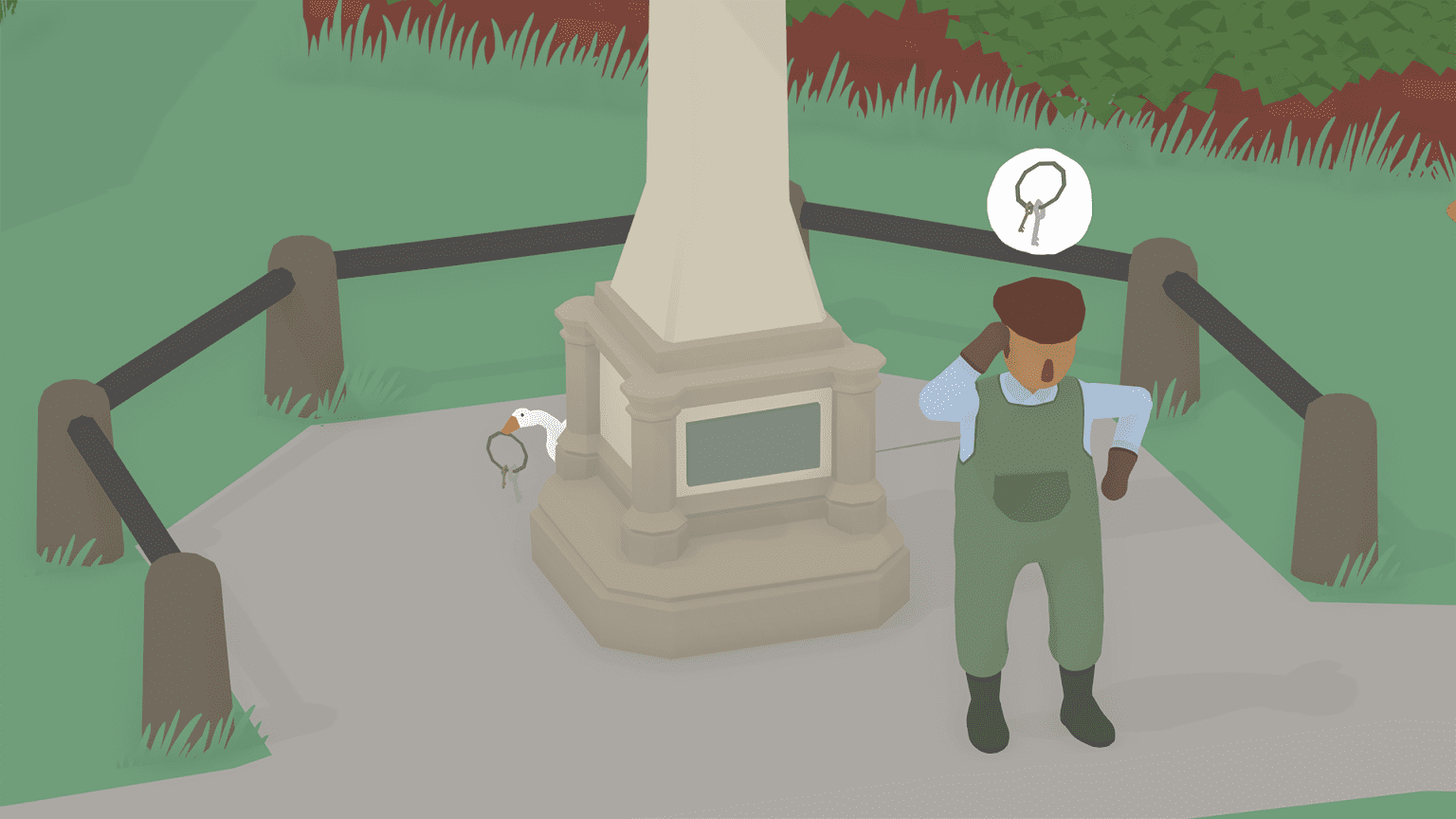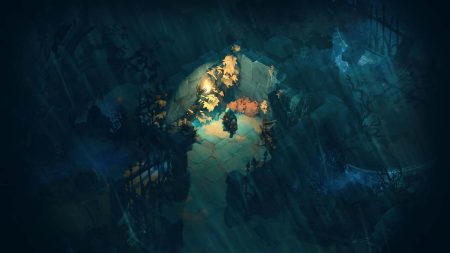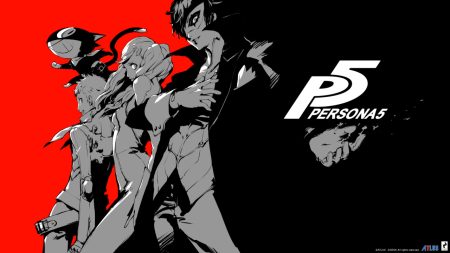Untitled Goose Game Review: Not All It’s Quacked Up to Be
I did not want to write this review. I wanted, desperately, to unabashedly love Untitled Goose Game.
The hype was real back in autumn. Friends covered my social media feeds in screenshots of this silly game, and claims that it was Peak Chaotic Protagonist Design were everywhere. So when our editor here at The Punished Backlog said we had a code for UGG, I couldn’t have been more excited.
And then I played it.
And now here we are.
I want to acknowledge that it is not the fault of anyone who made or worked on UGG that their game became an overnight meme or that it got ridiculous levels of hyperbolic praise in casual spheres. It would, however, be disingenuous to pretend as if the conversation around the game at the time didn’t color my experience when playing it. Expectations were in the stratosphere, and that simply wasn’t the game that this was.
This was a simple little puzzle game about a horrible goose.
Beyond my disappointment that a short puzzle game did not meet my impossible standards, though, this game was fine. Decent. Pretty good, even. It has much to offer, starting with…
The Goose
The goose’s movement mechanics are smooth and fun to use, and the dedicated honk button is truly magical. From now on, I demand that all games have a dedicated honk button. If Assassin’s Creed: Valhalla doesn’t feature a dedicated button I can use to make my character honk, it will not be worth playing and I will stand by that statement. I’d also be remiss not to mention how genuinely delightful being able to put a bow on the goose was, and that’s emblematic of something more. The whimsy of this game is woven into its details, with an art style nicely suited for a game about a horrible goose.
In addition to being so much fun to use, the honk button was useful in completing tasks! There’s certainly something to be said for the addition of elements that are strictly about atmosphere or mood, but there’s arguably even more to be said for having those elements being a necessity of gameplay. If you want me to laugh about aggressively honking at people, inserting that into required gameplay makes sure I will. And chasing that stripe-shirted boy into the phone booth, honking all the way? It absolutely made me laugh.
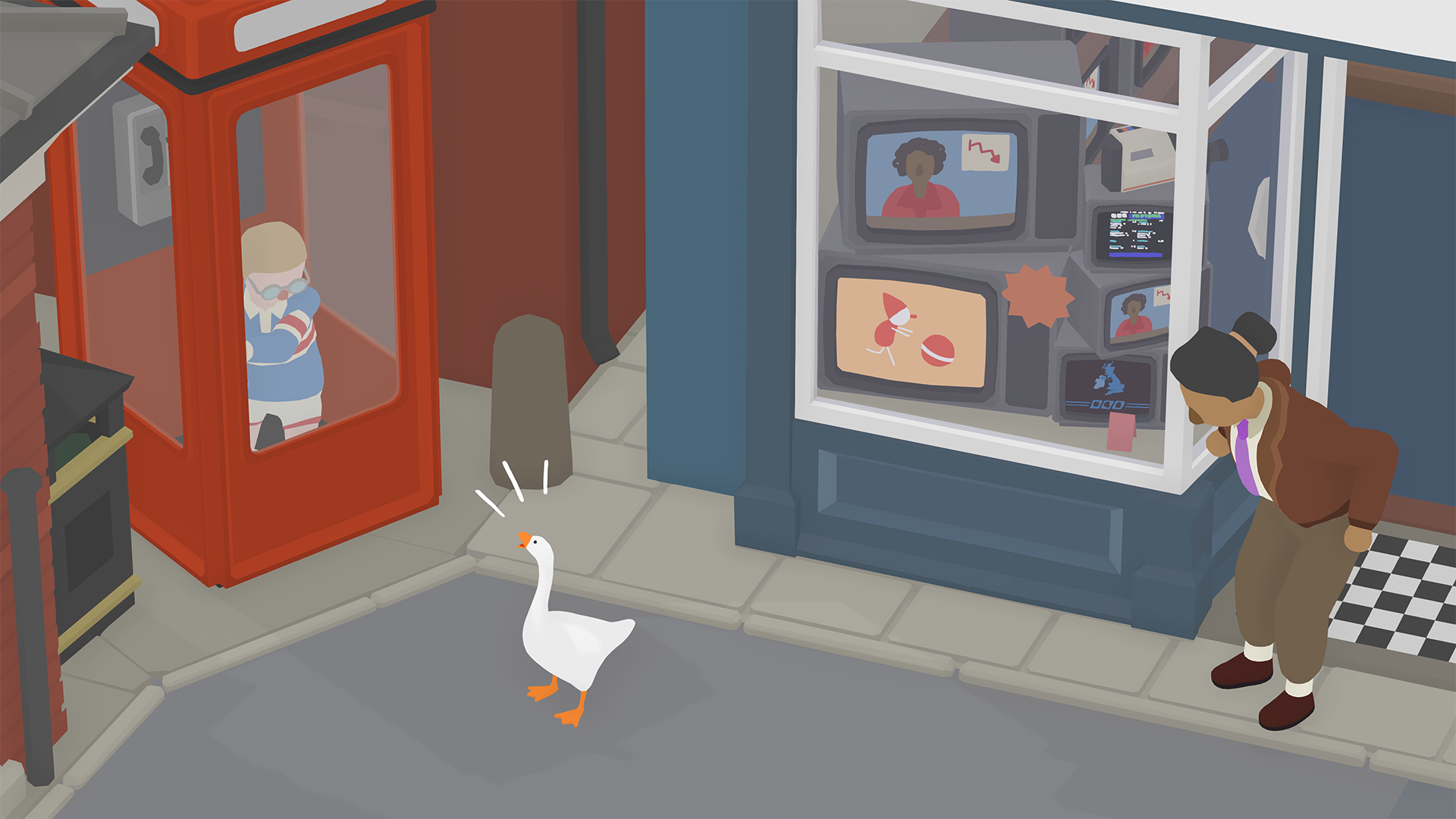
You may notice I said “tasks,” not “puzzles.” And this, unfortunately, is where I felt Untitled Goose Game ultimately failed.
The Game
UGG’s puzzles did not feel like puzzles. This game engaged my funny bone in a major way, but the puzzles, the main thrust of Untitled Goose Game, simply did not work. They sat at the two far ends of the puzzle comprehensibility spectrum, being either very straightforward—Steal a fork! Frighten a child!—or a complete mystery that left me guessing seemingly at random. When I discovered the solution, I was not kicking myself for not figuring it out. Instead, I was sitting in my bed saying, “Huh. I mean, I guess?”
And that’s not how puzzle games should feel! It is when a solution must be teased out, when trial and error feels fun and each trial gets you a little closer to a true solution, that puzzle games are at their best. With one exception, this was not the case, and the overall experience of UGG truly suffers for it.
Genre Questions
I’ve heard the rebuttal that Untitled Goose Game isn’t a puzzle game, it’s a stealth game. While I understand the argument—the best puzzle in the game is a stealth puzzle—I just don’t agree. It’s certainly possible for those who prefer stealth games to purely play UGG as one, but the gameplay and level design do not support this as the “intended” method of play.
A game’s tutorial shows us how to play; it informs our understanding of the mechanics. Stealth was not the focus of UGG’s tutorial. Rather, the tutorial was designed around using objects and running away from the gardener, perhaps using some of those objects to slow them down. Untitled Goose Game is a puzzle game, at least according to whoever wrote its tutorial.
And what would a honk button be doing in a stealth game? I know I said every game should have one, but consider this: If this were an environment I was meant to move through undetected, why on earth would I be given a button specifically meant to draw attention to myself? While Untitled Goose Game may be playable like a stealth game, it wasn’t designed as one.
I will not deny that the stealth puzzles are the most effective. The Back Gardens—where that exception is found—involve a significant amount of sneaking around, working hard to not get chased out (and a bit of clipping clothes through fences). This very clear path to success, balanced neatly by hiding from two people with their own rhythms and paths around the yards, made for a truly enjoyable level. Every puzzle in this area made sense eventually, and they were just fun! There’s something about theft in UGG, sneaking away from the owner of the object in hopes that they do not notice or try to take back their stolen property, that really, truly, works.
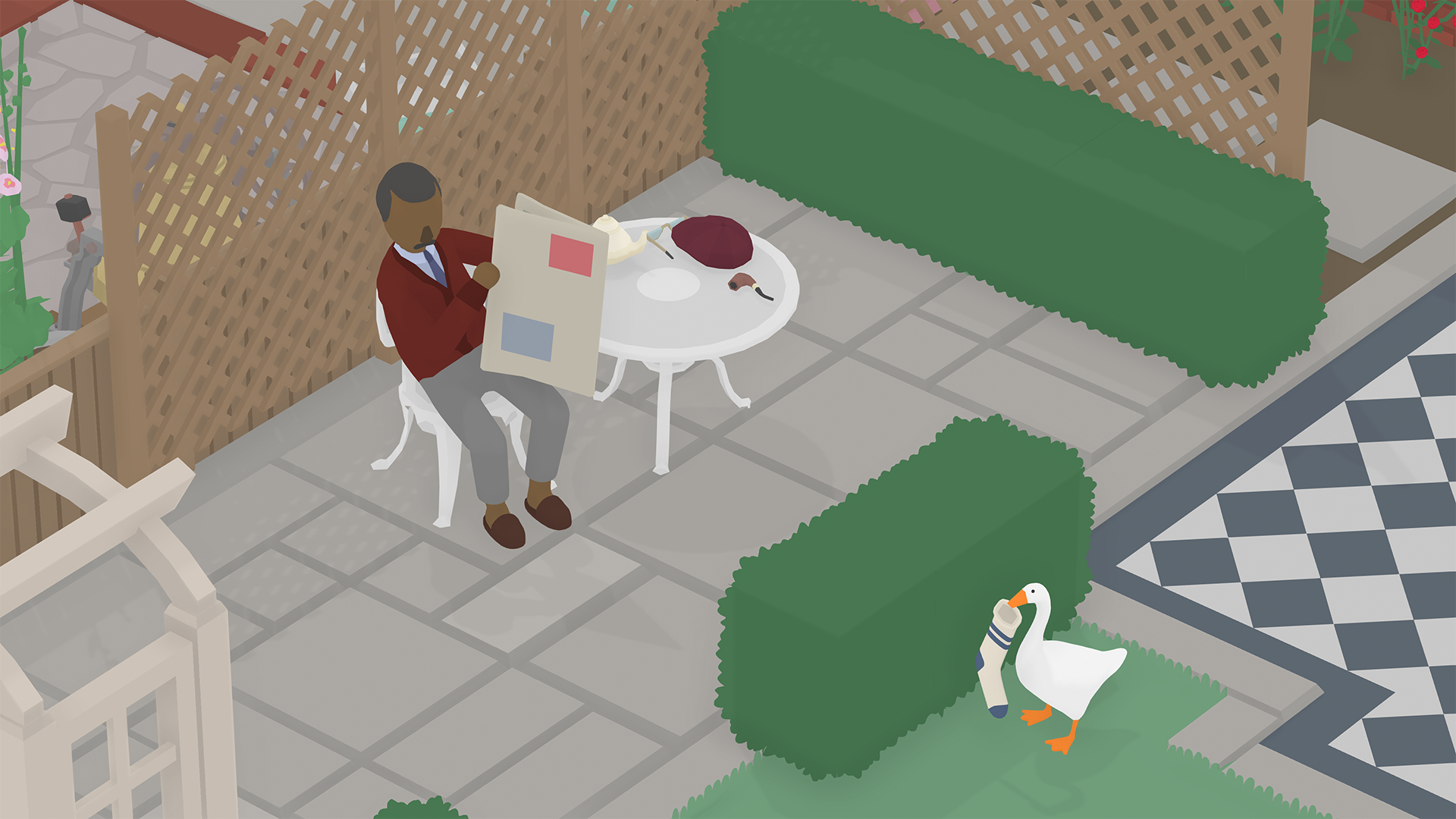
Final Thoughts
Straightforward stealth and theft are where this puzzle game excels. Had the developers leaned into this, we may have been looking at a solid 9 for a casual game. And I’ll stand by that! I often find stealth games tedious, but stealth was genuinely the best part of this game. Conversely, I generally enjoy puzzle games, but did not enjoy the puzzles UGG had to offer. Had they reversed the focus and bonus, UGG may have been the transcendentally chaotic game I’d heard it was.
Unfortunately, this was not the case. While the sandbox sections were great and a goose was a fun and fresh choice for a puzzle game protagonist, certain puzzles suffered from a lack of clarity, and the frustration of trying to figure these out dragged down the entire experience. Despite this, the game has its place in the chaotic animal game genre alongside fellow meme Goat Simulator.
Overall, Untitled Goose Game is nothing to write home about, but it’s certainly a fun and family-friendly addition to your quarantine playlist.
Score: 7.5/10
Hope you enjoyed this Untitled Goose Game review. Interested in what we’ve thought of other games? Try David Silbert’s recent review of Shantae and the Seven Sirens or Sam Martinelli’s review of Yoshi’s Crafted World!


